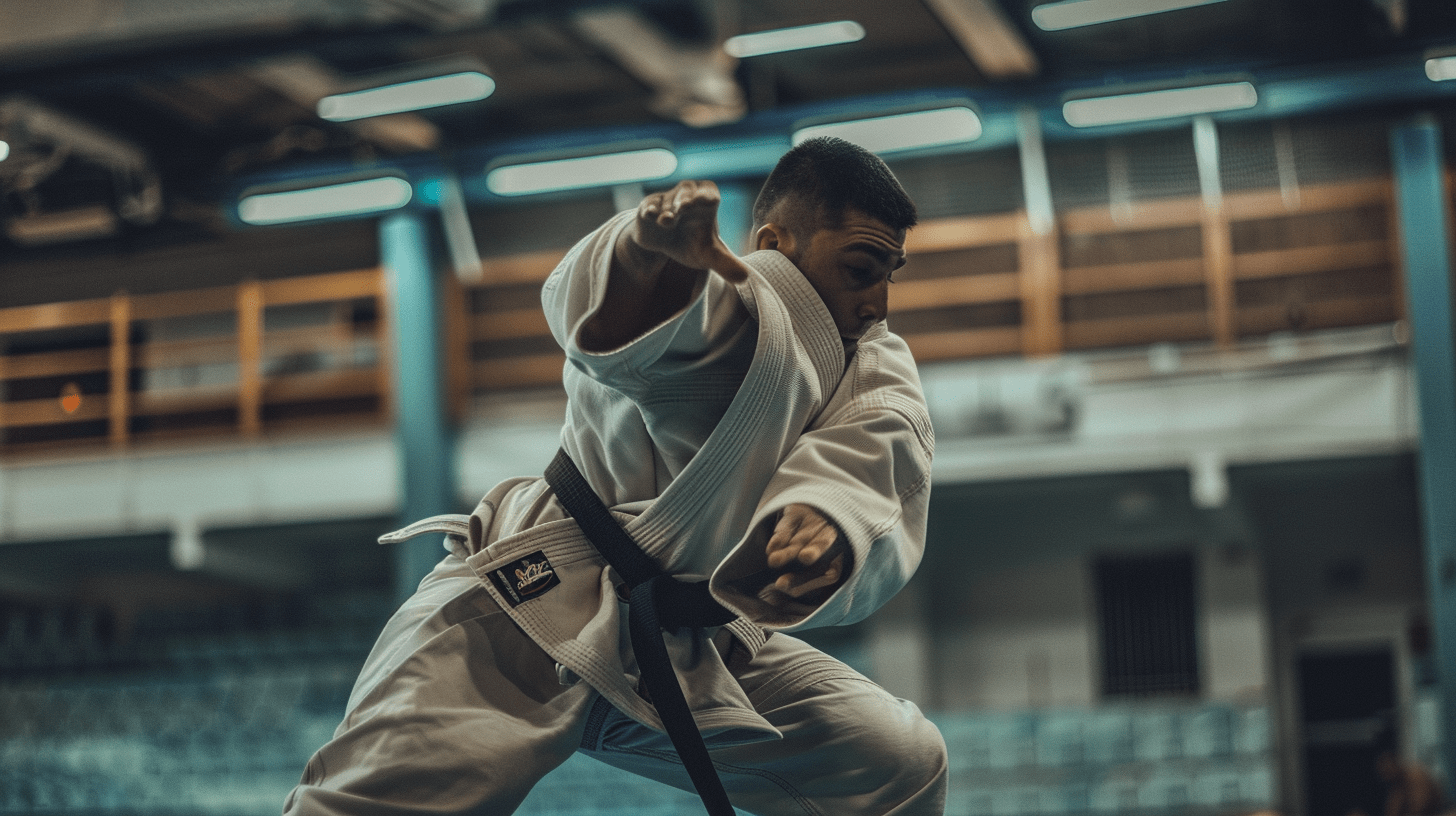The World of Jiu Jitsu
Explore Jiu Jitsu in this collaboration with Crypto Jiu Jitsu. Together, we’re building a movement rooted in respect — for ourselves, each other, and the environment.

History of Jiu Jitsu
Jiu Jitsu, meaning “gentle art,” traces back to feudal Japan, where it was developed by samurai as a method of self-defense when disarmed. Designed for close-quarters combat, these techniques emphasized joint locks, throws, and chokes that could be applied even when outmatched in size or strength.
Jiu Jitsu is a martial art based on grappling and submissions. Unlike striking arts, it emphasizes leverage and technique to neutralize an opponent through control rather than force. It is practiced by people of all sizes and skill levels and is ideal for self-defense, mental discipline, and fitness.
The Roots of Jiu Jitsu in Japan and Brazil
Traditional Jiu Jitsu originated in Japan among samurai warriors. Later, Judo became its modern sporting adaptation.
As Japan modernized during the Meiji Restoration, Jigoro Kano refined these techniques into a more systematic and sportive martial art: Judo. His philosophy emphasized physical education, mutual respect, and continuous improvement.
In 1914, Mitsuyo Maeda, a top student of Kano, traveled the world demonstrating Judo. He eventually settled in Brazil and began teaching the art to Carlos Gracie. Carlos, along with his brother Helio Gracie, began experimenting with the techniques—modifying them to favor leverage and ground fighting, especially useful for smaller practitioners. This marked the birth of Brazilian Jiu Jitsu (BJJ), an art rooted in real-world application, sparring (rolling), and adaptability.
Jiu Jitsu's Mainstream Breakthrough
While BJJ was flourishing in Brazil throughout the 20th century, it remained relatively unknown outside South America until 1993. That year, the first Ultimate Fighting Championship (UFC) was held in the United States, created to determine which martial art was most effective in a no-rules environment.
To the surprise of many, a modest-looking Brazilian named Royce Gracie, representing his family's art, dominated the tournament. Despite being smaller and less physically imposing than his opponents, he used BJJ techniques to control and submit each of them, often without taking damage.
Royce’s success shocked the martial arts world and made a powerful case for BJJ’s effectiveness in real combat. This led to a massive global interest in the art, particularly among law enforcement, military units, and everyday civilians looking for a realistic self-defense method.
From the UFC boom, BJJ academies began opening around the world, and the art evolved even further integrating into MMA (Mixed Martial Arts), sports competitions (like IBJJF), and self-defense curriculums worldwide.
Key Takeaways
- Jiu jitsu originated in Japan as a samurai grappling art and evolved into Judo under Jigoro Kano.
- Brazilian Jiu Jitsu (BJJ) was developed by the Gracie family, emphasizing ground fighting and leverage.
- BJJ became globally recognized after Royce Gracie's success in the early UFC tournaments, proving the effectiveness of technique over size and strength.
- The global spread of BJJ transformed it into a cornerstone of modern martial arts, fitness, and self-defense.